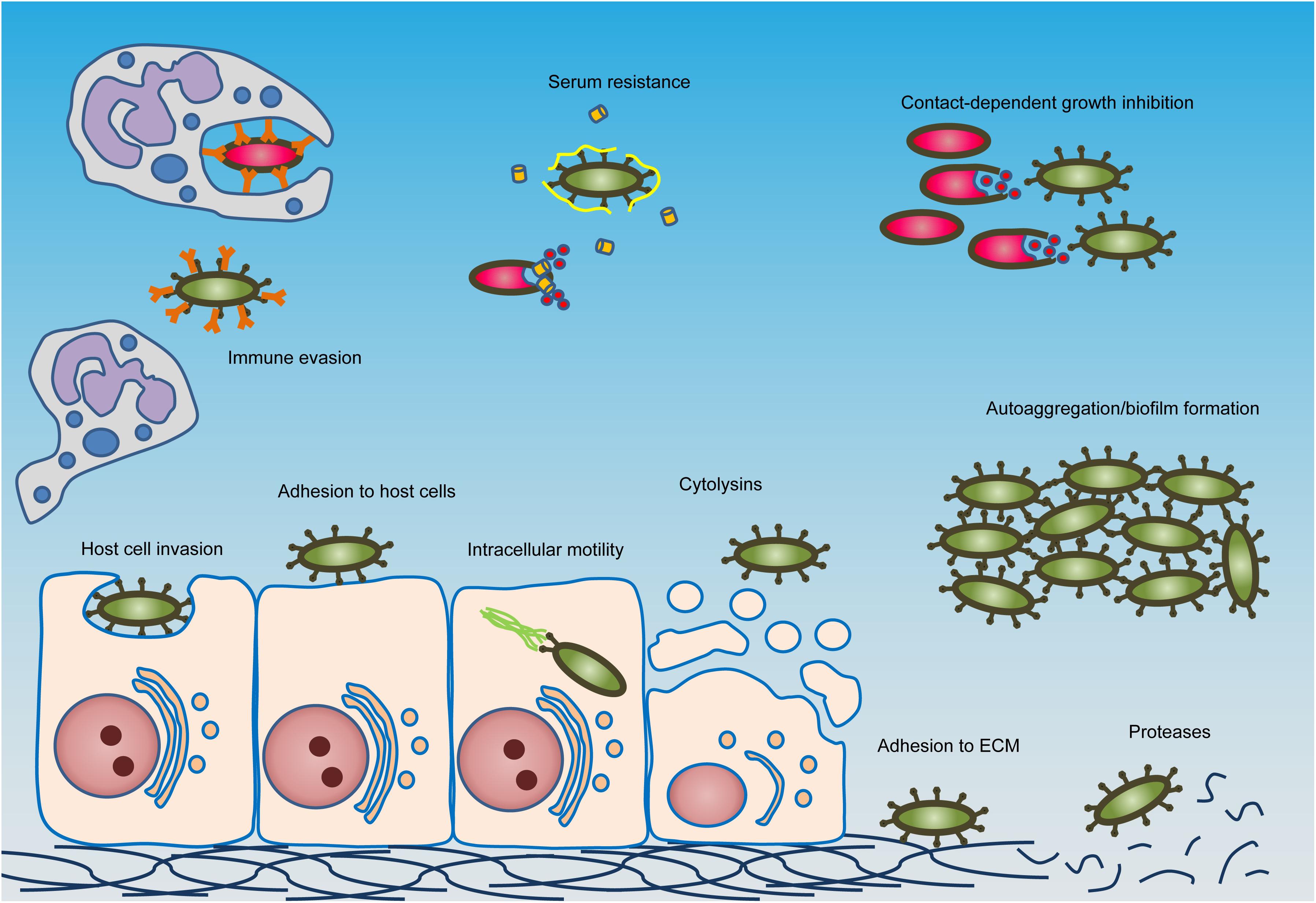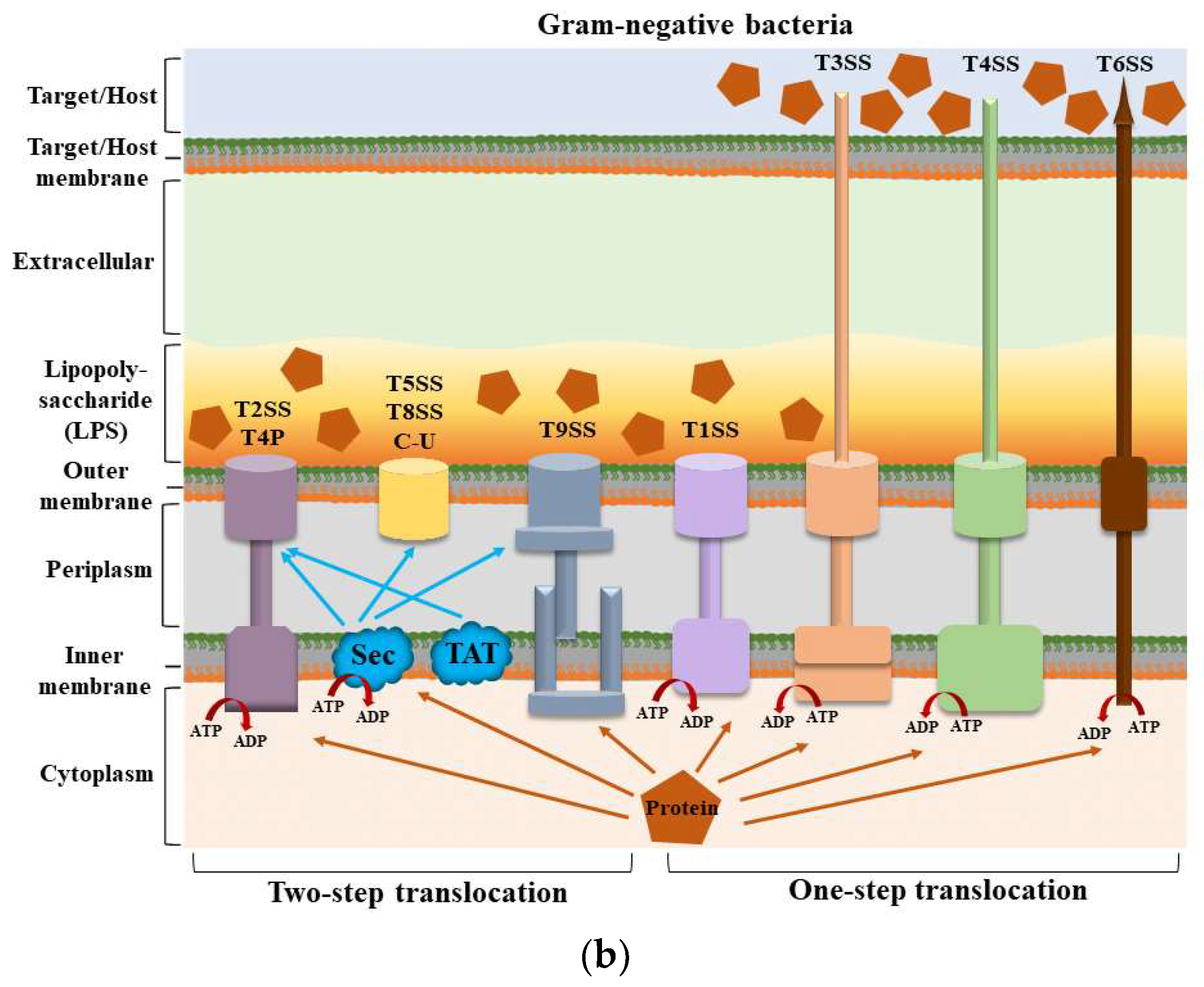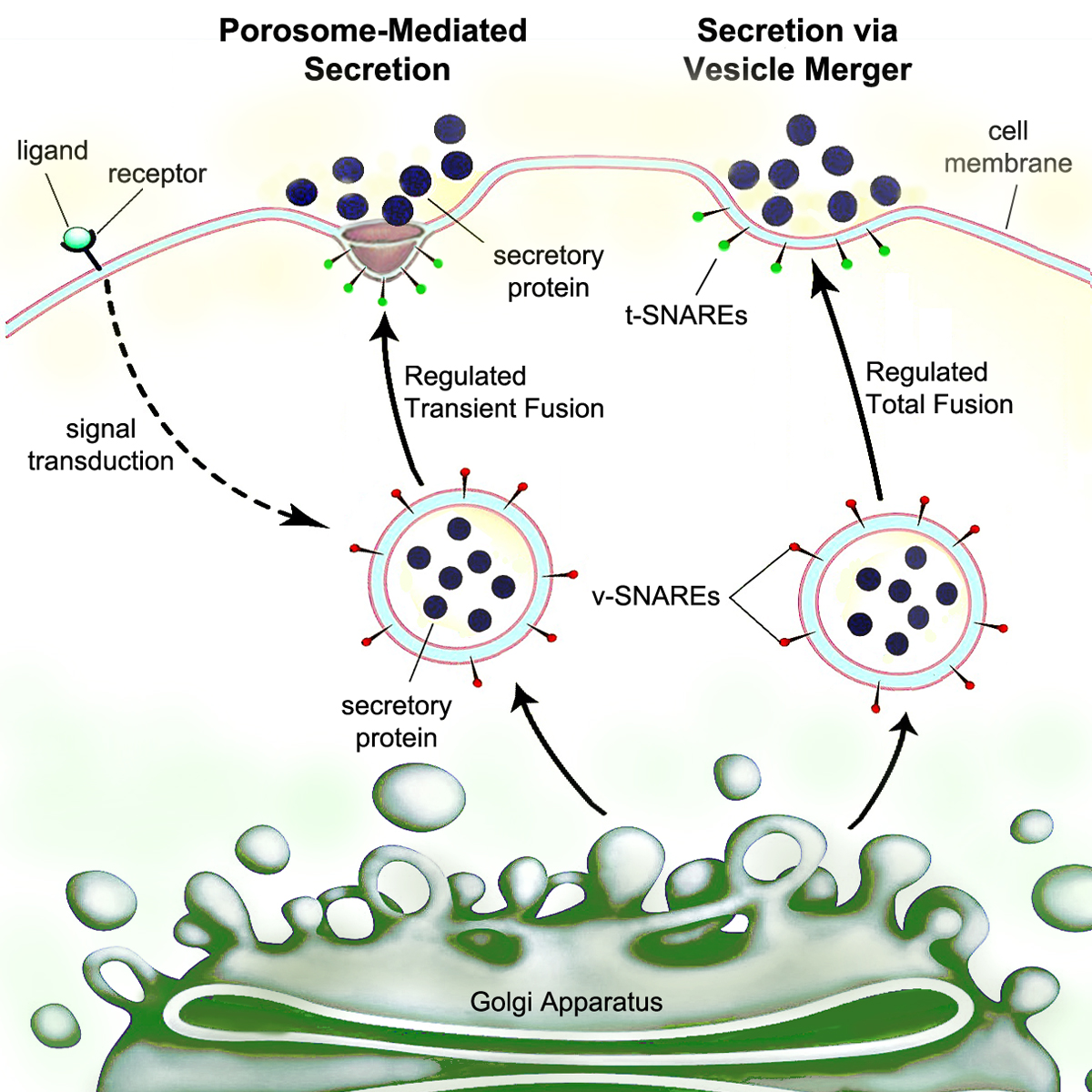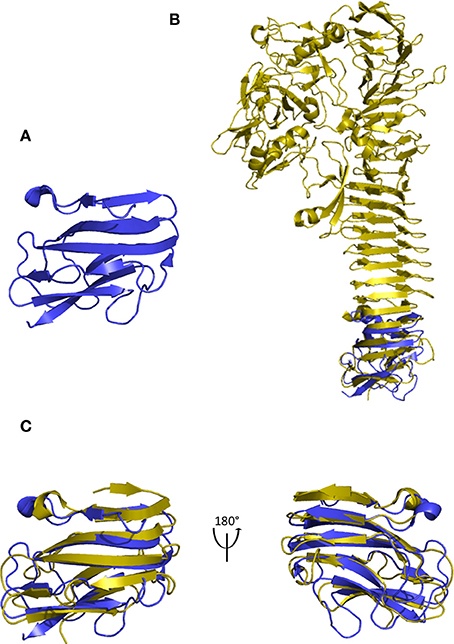Secretion mechanism of the autotransporter proteins. (A) Structure of

Download scientific diagram | Secretion mechanism of the autotransporter proteins. (A) Structure of the polyprotein precursor. (B) Transport of the recombinant passenger. By the use of a typical signal peptide, a precursor protein is transported across the inner membrane. After arrival at the periplasm, the C-terminal part of the precursor folds as a porin-like structure, a so-called  -barrel within the outer membrane, and the passenger is transmitted to the cell surface. SP, signal peptide; IM, inner membrane; PP, periplasm; OM, outer membrane. from publication: The Autodisplay Story, from Discovery to Biotechnical and Biomedical Applications | Among the pathways used by gram-negative bacteria for protein secretion, the autotransporter pathway represents a solution of impressive simplicity. Proteins are transported, independent of their nature as recombinant or native passengers, as long as the coding nucleotide | Biomedical Applications, Escherichia Coli Adhesins and Neisseria gonorrhoeae | ResearchGate, the professional network for scientists.

Schematic representation of the type I, II, III, and IV protein

Overview of the autotransporter (AT) secretion mechanism. ATs are

Frontiers Type V Secretion Systems: An Overview of Passenger Domain Functions

Bacterial secretion system - Wikipedia

T5SS and Other Secretion Systems in Bacteria

Secretion - Wikipedia

IJMS, Free Full-Text

Type V protein secretion pathway: the autotransporter story. - Abstract - Europe PMC

Frontiers Identification of the Autochaperone Domain in the Type Va Secretion System (T5aSS): Prevalent Feature of Autotransporters with a β-Helical Passenger